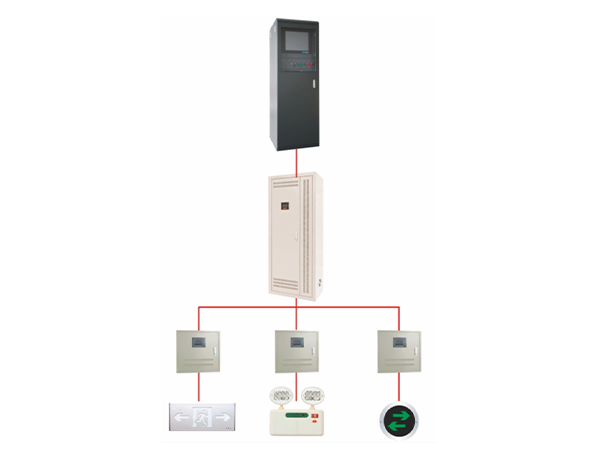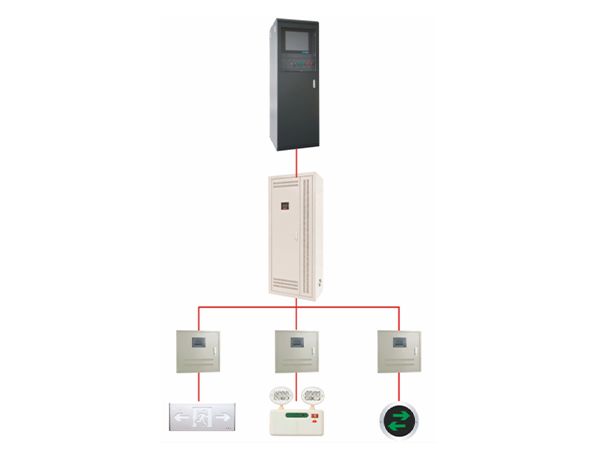System Introduction
Fire alarm system, also known as fire alarm system or automatic fire alarm system. It consists of a fire alarm host, fire characteristic or early fire characteristic sensors, artificial fire alarm equipment, and output control equipment.
Sensors detect fire characteristics or early fire features and transmit relevant signals to the fire alarm host. The alarm host completes the display, recording, and corresponding output control of signals.
The automatic fire alarm system is an automatic fire-fighting facility installed in buildings or other places for people to detect and report fires early, and take effective measures to control and extinguish them in a timely manner. It is a powerful tool for people to fight against fires.
System composition
The automatic fire alarm system is a fire alarm system composed of triggering devices, fire alarm devices, and devices with other auxiliary functions. It can detect the physical quantities such as smoke, heat, and light radiation generated by combustion through temperature sensing in the early stages of a fire. Smoke and photosensitive fire detectors are converted into electrical signals, transmitted to the fire alarm controller, and simultaneously display the location of the fire and record the time of the fire. The general fire automatic alarm system, automatic sprinkler system, indoor fire hydrant system, smoke control system, ventilation system, air conditioning system, fire doors, fire shutters, smoke barriers and other related equipment are linked to automatically or manually issue instructions and activate corresponding devices.
Alarm device
In the automatic fire alarm system, the control indicator device used to receive, display, and transmit fire alarm signals, and capable of issuing control signals and other auxiliary functions, is called a fire alarm device.
The fire alarm controller is one of the basic ones. The fire alarm controller is responsible for providing stable working power for fire detectors; Monitor the working status of detectors and the system itself; Receive, convert, and process alarm signals output by fire detectors; Provide sound and light alarms; Indicate the specific location and time of the alarm; Simultaneously performing various tasks such as corresponding auxiliary control is a core component of the fire alarm system.








